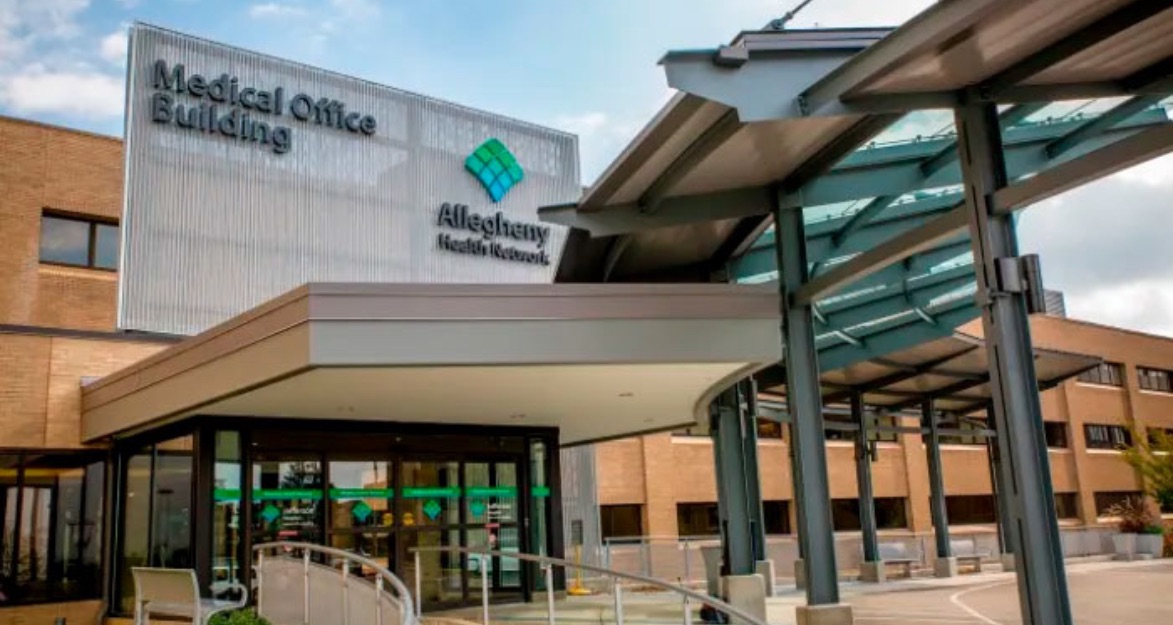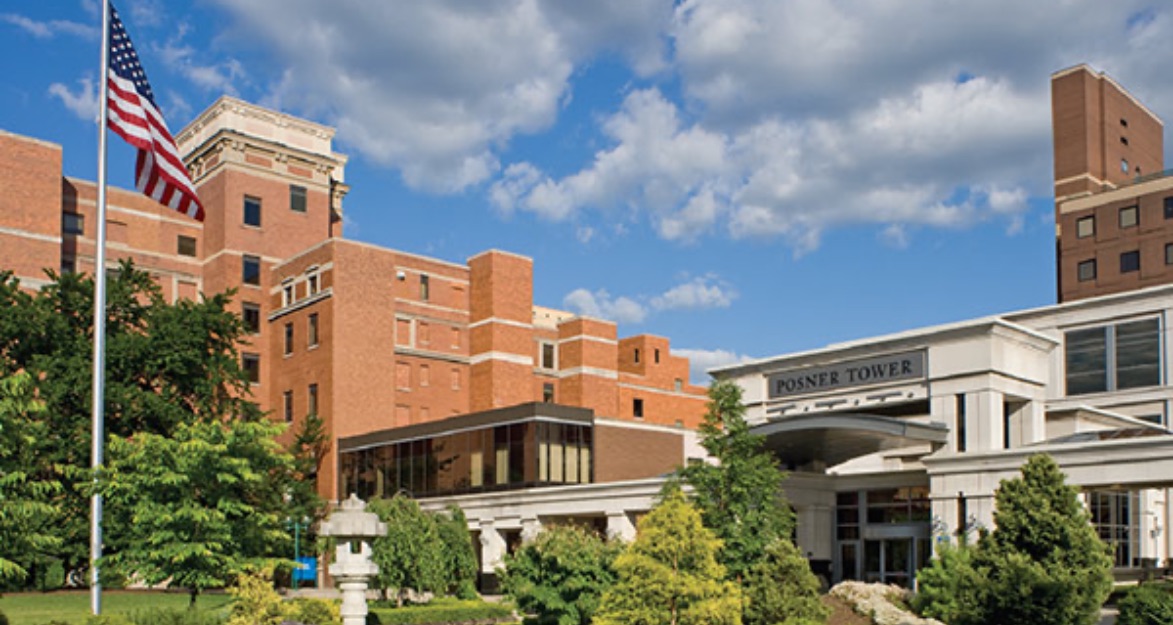Excisional Surgery
Zitelli & Brodland offers excisional surgery as an option for skin cancer treatment. Excisional surgery is known for its high success rate in treating various types of skin cancer. By removing the tumor along with a margin of healthy tissue, the procedure aims to eliminate cancer cells entirely.
Examples of Excisional Surgery
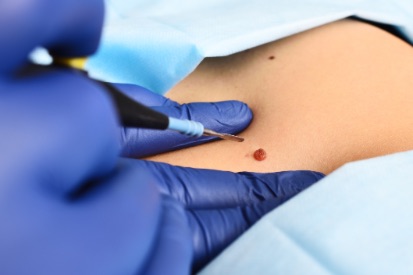
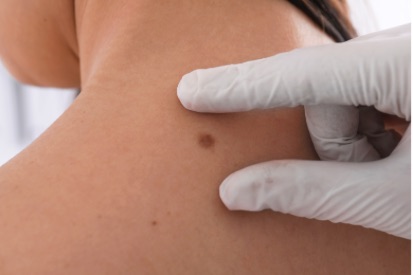
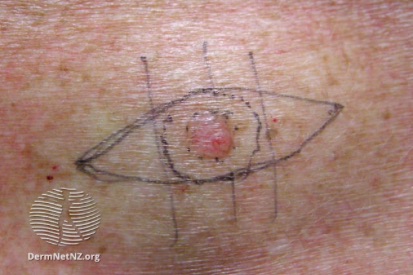
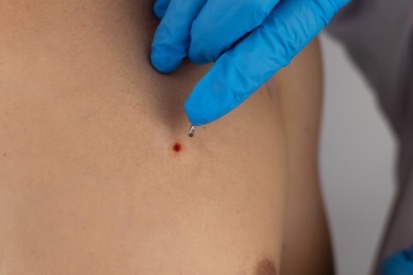
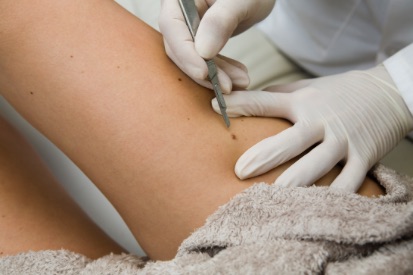
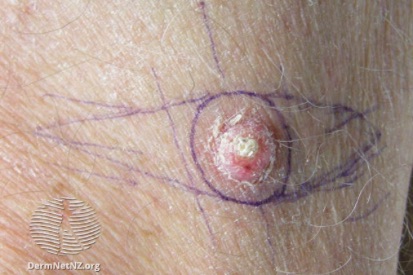
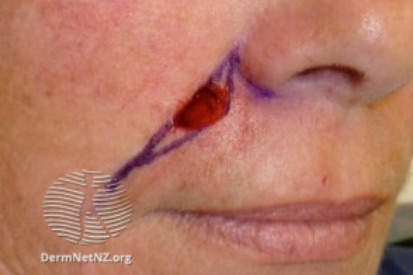
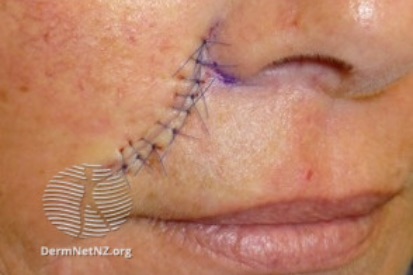
About Excisional Surgery for Skin Cancer Care
Once the cancerous tissue is removed, the surgeon may close the wound with stitches. The excised tissue will be sent to a laboratory for further examination to confirm that all cancer cells have been removed. The results will help guide any additional treatment if needed.
Benefits of Excisional Surgery
- High Success Rate: Excisional surgery effectively removes various skin cancers.
- Preservation: Maintains both function and appearance of the treated area.
- Recurrence Reduction: Minimizes the likelihood of cancer coming back.
- Comprehensive: Offers a complete solution, especially for localized cancers.
- Outpatient Procedure: Conveniently done without requiring a hospital stay.
- Localized Treatment: Targets the affected area precisely.
- Pathology Confirmation: Ensures accurate results for further treatment decisions.
- Quick Recovery: Allows for a speedy recovery with proper postoperative care.
Excisional Surgery FAQs
Excisional surgery is a procedure to remove skin cancer, involving the precise removal of the cancerous lesion along with a margin of healthy skin.
No, the procedure is performed under local anesthesia to ensure that you do not feel pain during the surgery.
Yes, excisional surgery is commonly performed on an outpatient basis, allowing you to return home on the same day.
Scarring is a possibility, but the surgeon aims to minimize it. The extent of scarring depends on factors such as the size and location of the removed tissue.
Excisional surgery is effective for many types of skin cancer, but the suitability depends on factors such as the type, size, and location of the cancer.
Your provider will determine the frequency of follow-up appointments based on your recovery progress, typically ranging from a few weeks to several months.
What to Expect at Your Excisional Surgery
How to Prepare for Excisional Surgery
Planning for Excisional Surgery Recovery and Follow-up Appointments
Regular follow-up appointments are essential to monitor your recovery and assess the surgical site. Your healthcare provider will check for any signs of infection, ensure proper healing, and discuss the results of the pathology report.
Featured Products for Sun Protection

EltaMD UV Clear SPF 46 original
Oil-free EltaMD UV Clear helps calm and protect sensitive skin types prone to discoloration and breakouts associated to acne and rosacea. It contains niacinamide (vitamin B3), hyaluronic acid and lactic acid, ingredients that promote the appearance of healthy-looking skin. Very lightweight and silky, it may be worn with makeup or alone. Choose from tinted and untinted formulas for use every day.

EltaMD UV Daily SPF 40 original
Serious UV protection and superior hydration join forces in this sheer facial sunscreen. EltaMD UV Daily has hyaluronic acid to boost moisture retention and diminish fine lines. This lightweight moisturizer with UV protection can be worn alone or under makeup. Choose from tinted and untinted formulas for use every day.

